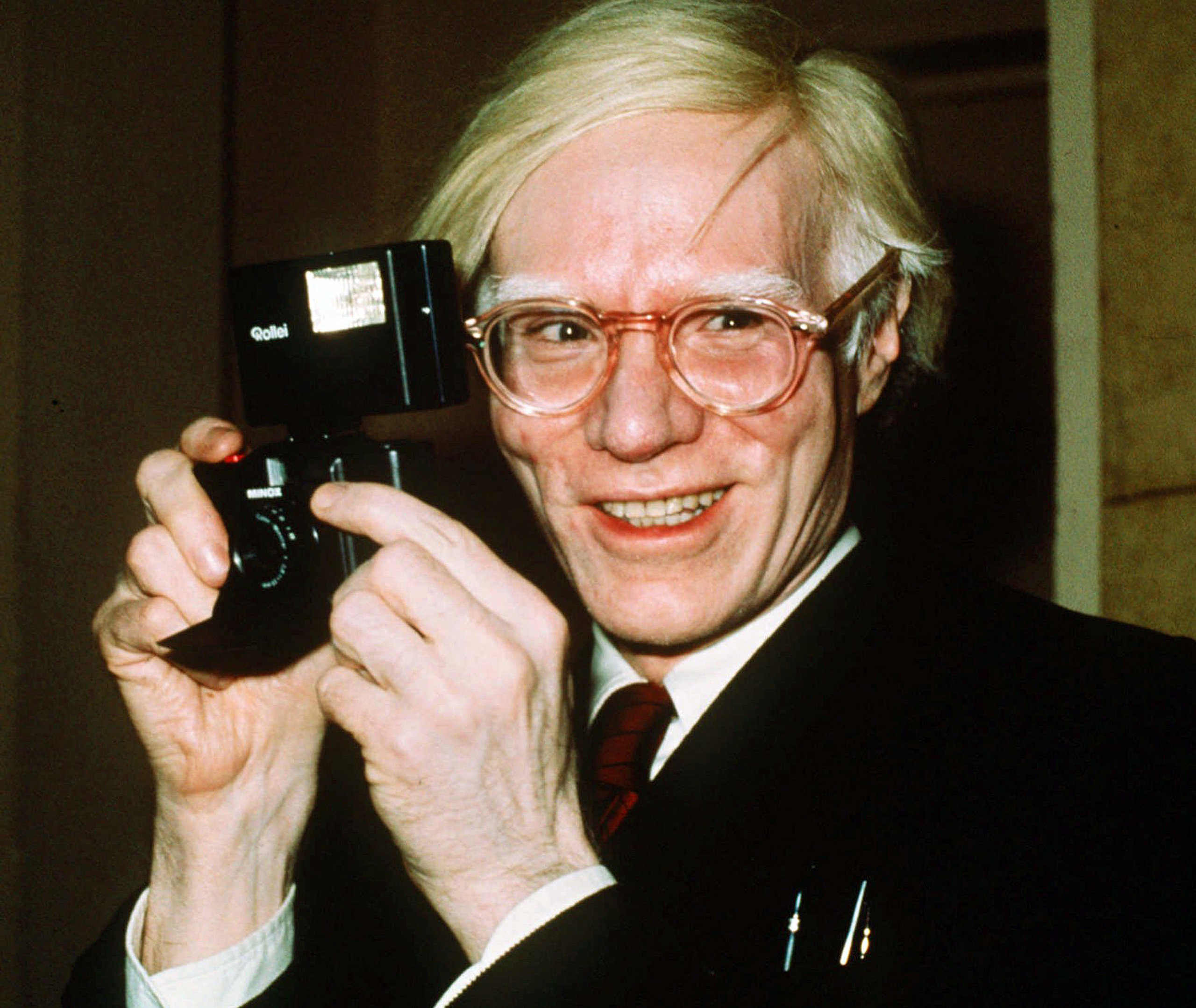Dispute Over Warhol's Prince Portraits Heading to Supreme Court

The U.S. Supreme Court has agreed to hear arguments in a pivotal copyright case involving late Montauk homeowner and influential Pop artist Andy Warhol’s works depicting the iconic musician Prince.
The high court agreed to weigh in on the dispute after the Manhattan-based 2nd U.S. Circuit Court of Appeals overturned a lower court’s ruling that Warhol’s Prince series based on photographer Lynn Goldsmith’s image was “fair use,” meaning the artist didn’t commit copyright infringement because he transformed the photo.
Andy Warhol Foundation for the Visual Arts attorney Roman Martinez said he welcomed the Supreme Court’s decision to hear the case and hopes it will “recognize that Andy Warhol’s transformative works of art are fully protected by law.” He argued that the appeals court ruling created “a cloud of legal uncertainty” for an entire genre of art like Warhol’s.
Goldsmith said in a statement that she too looks forward to continuing the fight.
“Five years ago, the Foundation sued me to obtain a ruling that it could use my photograph without asking my permission or paying me anything for my work,” Goldsmith said. “I fought this suit to protect not only my own rights, but the rights of all photographers and visual artists to make a living by licensing their creative work — and also to decide when, how and even whether to exploit their creative works or license others to do so.”
Warhol, who died in 1987, created a series of 16 artworks based on a 1981 photo of Prince taken by Goldsmith. The series came about after Vanity Fair commissioned Warhol to create an illustration of Prince in 1984 to accompany a magazine article. The magazine paid $400 to license Goldsmith’s photograph for Warhol to use as a reference to create his prior work.
The agreement limited the use of the photograph to the single instance in the magazine and required Vanity Fair to give credit to Goldsmith, among other things. In 2016, after Prince’s death, the magazine published a tribute issue with one of Warhol’s works on the cover. It did not include credit to Goldsmith, who has said it was only then that she became aware of the Prince series.
The 2nd Circuit decided that a transformative work must have a “fundamentally different and new artistic purpose and character,” and that Warhol’s paintings were “much closer to presenting the same work in a different form.”
The case will be argued after the Supreme Court begins its new term in October. The resulting ruling could help clarify when and how artists can make use of the work of others.
~ With Reuters









